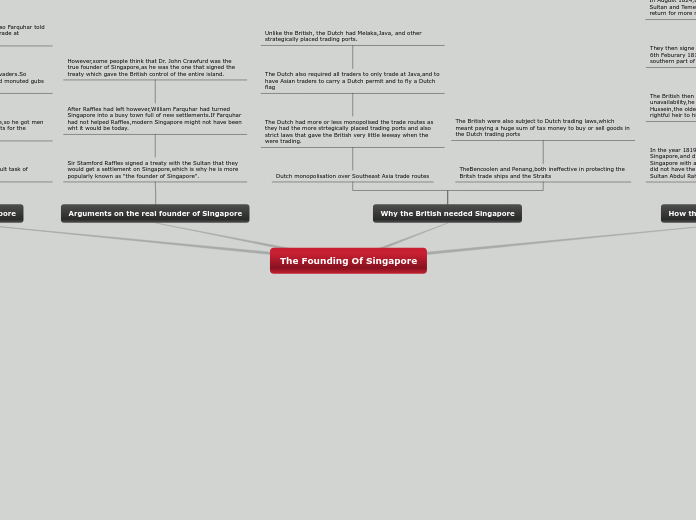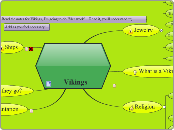von Camila C. Vor 12 Jahren
422
Asian World
The early society of Japan was predominantly agrarian, with trade and manufacturing emerging significantly during the Kamakura period. Foreign trade began in the eleventh century, marked by the export of raw materials, paintings, swords, and other items.









